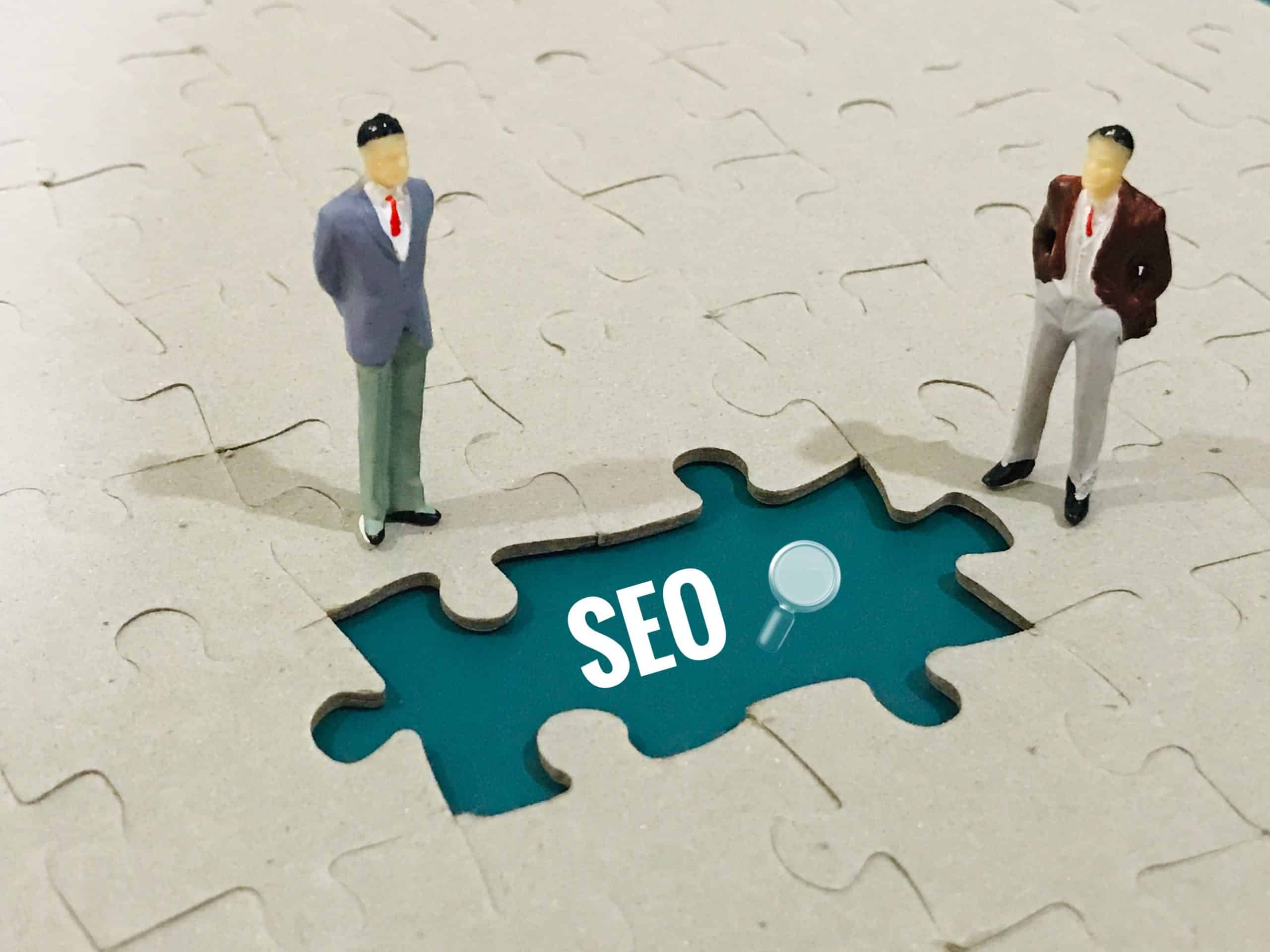How to Maximize the Use of Small Urban Spaces in Real Estate Development?

In the ever-evolving labyrinth of cityscapes, the effective and innovative use of small urban spaces is a hot topic amongst realtors, city planners, and developers. The growing population, the rapid urbanization, and the desire for sustainable living have underscored the importance of maximizing the utility of every square inch of the city’s area. This article will delve into the strategies and designs that can transform these small spaces into functional and aesthetically pleasing components of urban life.
Embracing Mixed Use Development
The concept of mixed-use development is not a new phenomenon in urban planning. However, its importance has been amplified in the context of maximizing the utility of small urban spaces. Mixed-use development refers to a blend of residential, commercial, and sometimes industrial spaces within a confined area.
A lire également : What Are the Challenges of Real Estate Asset Management in the Age of Climate Change?
By integrating office, retail, and residential spaces into compact, multi-story buildings, we can cater to various needs of the community within a restricted space. Imagine stepping out of your apartment and walking a few steps to reach your office, or heading to the ground floor to buy groceries at the retail store. This not only saves space but also reduces commuting time and fosters a sense of community amongst the residents.
The design of these mixed-use buildings must be meticulously planned to ensure that the different uses do not interfere with each other. Good design principles can minimize potential conflicts and enhance the quality of life for the residents, workers, and visitors within the building.
Cela peut vous intéresser : How to Maximize Natural Light in Basement Apartments in the UK?
Transforming Public Spaces
Public spaces are the heart of any city, offering opportunities for social interaction, recreation, and community engagement. In small urban spaces, such spaces may seem like a luxury. However, with some creativity and innovative planning, we can transform even the smallest of spaces into vibrant public areas.
Think of the numerous possibilities: a tiny pocket park tucked away between two buildings, a narrow alleyway turned into a vibrant pedestrian pathway lined with cafes and shops, or even a rooftop garden offering panoramic views of the city. These are not mere fantasies, but real examples of how cities around the world are successfully transforming small urban spaces into functional public areas.
In addition to providing recreational spaces, these public areas can also play a vital role in improving the city’s environment. Rooftop gardens, for instance, can alleviate urban heat island effects, while pocket parks can provide much-needed greenery in concrete jungles.
Commercial Use of Small Spaces
The commercial use of small urban spaces presents a unique set of challenges and opportunities. On one hand, the limited space can restrict the scope of businesses. On the other hand, it can spur creativity and innovation, leading to unique business models and retail concepts.
Consider the trend of pop-up retail stores, which have become increasingly popular in cities around the world. These temporary stores use small spaces in high-traffic areas, offering customers a unique and immersive shopping experience. Similarly, food trucks and mobile kiosks utilize small spaces effectively, often turning underused spaces into lively food spots.
The key to commercial success in small urban spaces lies in understanding the needs and preferences of the local community. The businesses must be able to engage with the community and offer products and services that meet their needs.
Redefining Office Spaces
In the realm of office spaces, the adage ‘less is more’ has never been more relevant. With advancements in technology and the rise of the gig economy, the traditional concept of an office is undergoing a radical transformation.
Coworking spaces are a great example of this trend. By offering shared workspaces, these establishments cater to freelancers, startups, and small businesses that may not have the resources to lease or buy large office spaces. These shared workspaces not only maximize the use of space but also encourage collaboration and networking amongst the users.
Beyond coworking spaces, the design of office spaces is also changing. Open-plan offices, for instance, can accommodate more employees within a small space without compromising on comfort or productivity.
Urban Spaces: A Catalyst for Community Development
The transformation of small urban spaces is not merely a matter of aesthetics or functionality. At its core, it is about community development and fostering a sense of belonging amongst the city’s residents.
By creating mixed-use developments, vibrant public spaces, innovative commercial areas, and versatile office spaces, we can strengthen the social fabric of the community. These spaces can serve as a platform for social interaction, cultural exchange, and communal activities, thereby enhancing the quality of urban life.
In the end, the use of small urban spaces in real estate development is not just about maximizing space. It is about creating spaces that resonate with the people, spaces that they can call their own. In doing so, we are not just building cities; we are building communities.
The Role of Continuing Education in Small Urban Space Development
In the world of real estate, public space and urban cores are constantly evolving. As a result, professionals in the field must commit to continuing education to stay informed about the latest trends, techniques, and requirements. This is especially true when it comes to maximizing the use of small urban spaces.
Courses and training in areas such as smart growth and mixed development can equip real estate developers and city planners with the necessary skills and knowledge to effectively use small urban spaces. For instance, they can learn about optimum ways to mix residential and commercial spaces to create a thriving community within a compact area.
One of the key elements of continuing education in this area is understanding and applying the code of ethics. This code, which is crucial in the real estate sector, guides professionals in their decision-making processes. It can help them create developments that not only maximise space but also enhance the quality of life for residents.
Case studies of successful small urban space developments can also be valuable learning resources. For example, lessons can be drawn from cities like San Francisco in the United States, where limited space has necessitated inventive solutions for urban development.
In short, continuing education is a vital tool for professionals seeking to maximize the use of urban spaces in real estate development. It empowers them to create sustainable, ethical, and innovative developments that can transform small urban spaces into thriving communities.
Case Study: Central Park and Bryant Park in New York
Central Park and Bryant Park are two excellent examples of how effectively small urban spaces can be used. Despite being located in one of the most densely populated cities in the United States, they offer residents and tourists alike a refreshing escape from the urban hustle.
Central Park, a 341-acre oasis in the heart of Manhattan, is a testament to the ingenuity of urban planning. It caters to a variety of needs and preferences, offering everything from walking paths and picnic spots to playgrounds and sports facilities. Despite its size, the park is designed so meticulously that it provides a sense of spaciousness, proving that with good planning, even the most limited spaces can serve multiple purposes effectively.
Bryant Park, on the other hand, is considerably smaller at just over 9 acres. However, it is a brilliant example of mixed development in a small urban space. The park offers a green retreat in the middle of the city, complete with a library, retail spaces, food vendors, and an open-air theater. Its winter transformation into a holiday market and ice-skating rink is a prime example of creative seasonal use of public spaces.
Both parks are prime examples of how urban spaces, regardless of their size, can be transformed into vibrant public areas that significantly enhance the urban experience.
Conclusion: Small Urban Spaces, Big Possibilities
The role of small urban spaces in real estate development is profound and multifaceted. Whether it’s through mixed-use development, public spaces, commercial and office space utilization, or continuing education, these spaces possess the potential to significantly shape urban life.
Cities around the world, from San Francisco to New York, are demonstrating that size doesn’t limit the possibilities. With creativity, innovation, and adherence to the code of ethics, small urban spaces can foster smart growth, sustain vibrant communities, and enhance the quality of life.
Furthermore, the transformation of these spaces into lively, functional areas is a testament to the power of community. These spaces often become the heart of the community, fostering interactions, cultural exchange, and communal activities.
In essence, maximizing the use of small urban spaces in real estate development is about creating spaces that resonate with the people, spaces that they can call their own. It’s about building not just cities, but vibrant, sustainable communities. It’s about turning the seeming constraints of small urban spaces into opportunities for growth and community development.
